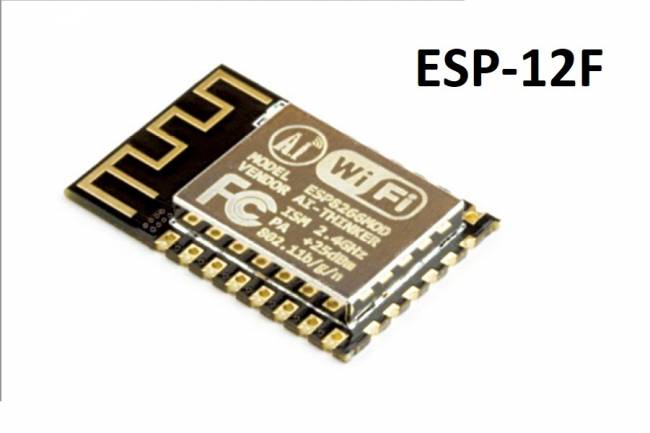
Security of IoT Devices with Wi-Fi Modules: Threats and Protection Methods
The security measures of IoT systems with Bluetooth modules and IoT systems with Wi-Fi modules generally follow similar principles, but there are some differences.
In a previous article, we talked about basic security considerations for IoT systems using Bluetooth modules. To read again: Link
Threats and Protection Methods
The Internet of Things (IoT) makes our daily lives smarter and more connected by enabling devices and systems to communicate with each other over the internet. However, IoT devices using Wi-Fi modules may be exposed to various dangers in terms of data security and privacy. In this article, we will discuss the measures that need to be taken to increase the security of Wi-Fi-based IoT devices.
IoT Devices and Threats with Wi-Fi Modules
Wi-Fi modules are widely used with IoT devices in our homes, workplaces and industrial environments. These devices provide data communication by connecting to wireless networks. But this connected world may face the following security threats:
1. Weak Authentication and Passwords: If Wi-Fi modules use default passwords or weak password policies, attackers can gain access to the devices.
2. Malware: IoT devices are vulnerable to malware infection, which can take control of the devices.
3. Data Breach: Sensitive data can be intercepted and misused by malicious attackers.
4. DDoS Attacks: Attackers can launch distributed denial of service (DDoS) attacks by hijacking a large number of IoT devices.
5. Identity Theft: Malicious individuals can steal device credentials due to weak security measures.
Measures
1. Strong Authentication and Passwords: Add strong authentication and complex passwords to devices.
2. Security Software and Updates: Add security software to devices and apply updates regularly.
3. Network Firewalls: Block malicious traffic by adding firewalls to your network.
4. Encryption: Protect all data using strong encryption protocols.
5. Malware Scanning: Add a mechanism that can scan devices for malware.
6. Data Privacy: Encrypt and securely store sensitive data.
7. Security Policies and Training: Establish security policies and train employees on security.
8. Separate Guest Network: Create a guest network that isolates IoT devices from your main network.
The security of IoT devices using Wi-Fi modules involves a number of factors, starting from the design of the devices to network security and updates. Implementing these measures to protect your IoT devices is critical to ensuring data security and device stability. Remember, security requires ongoing effort and it is important to be alert to IoT threats.





























